Le Saut et puis ?
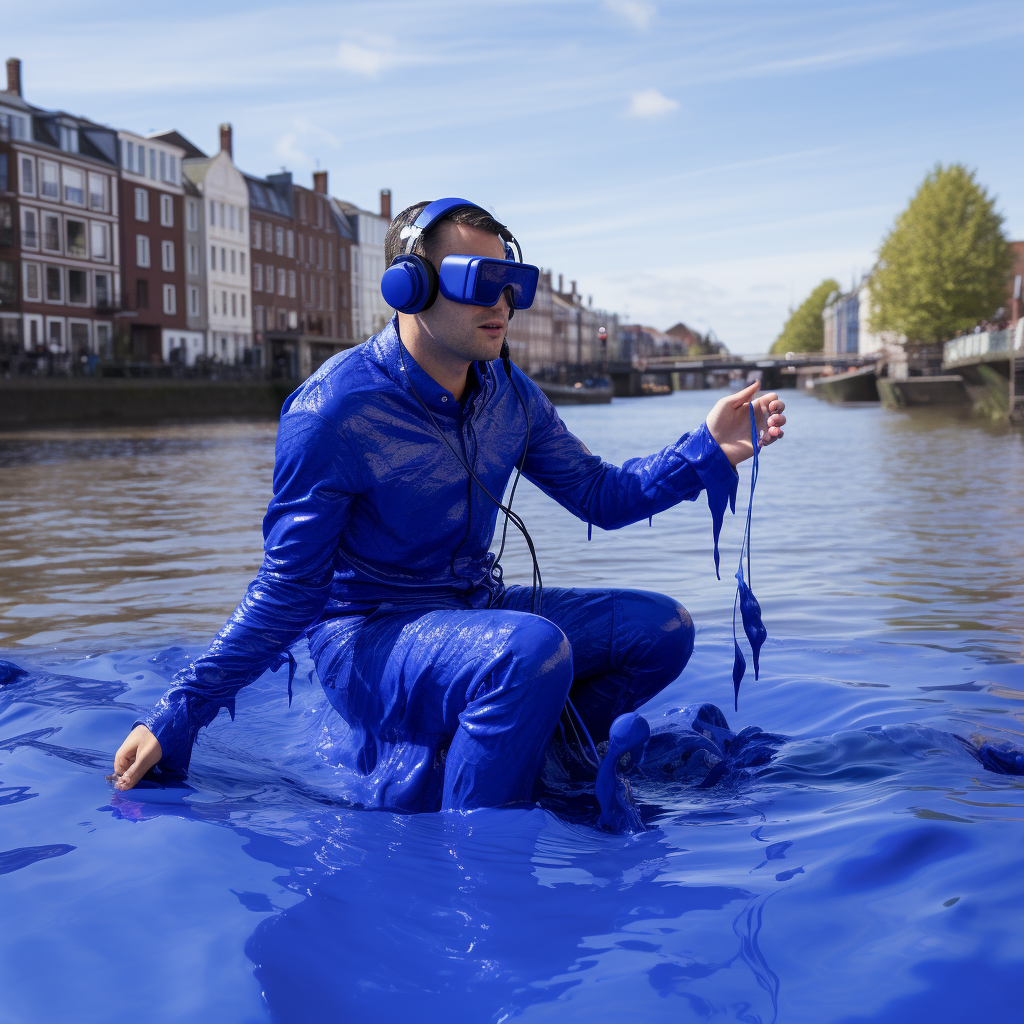
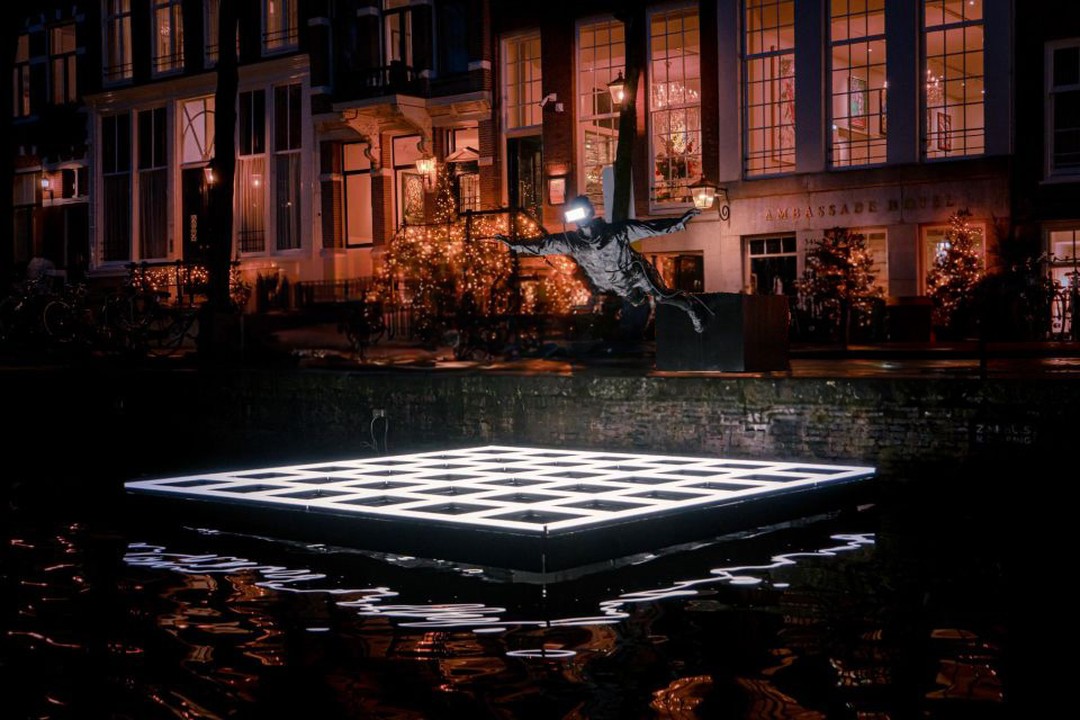
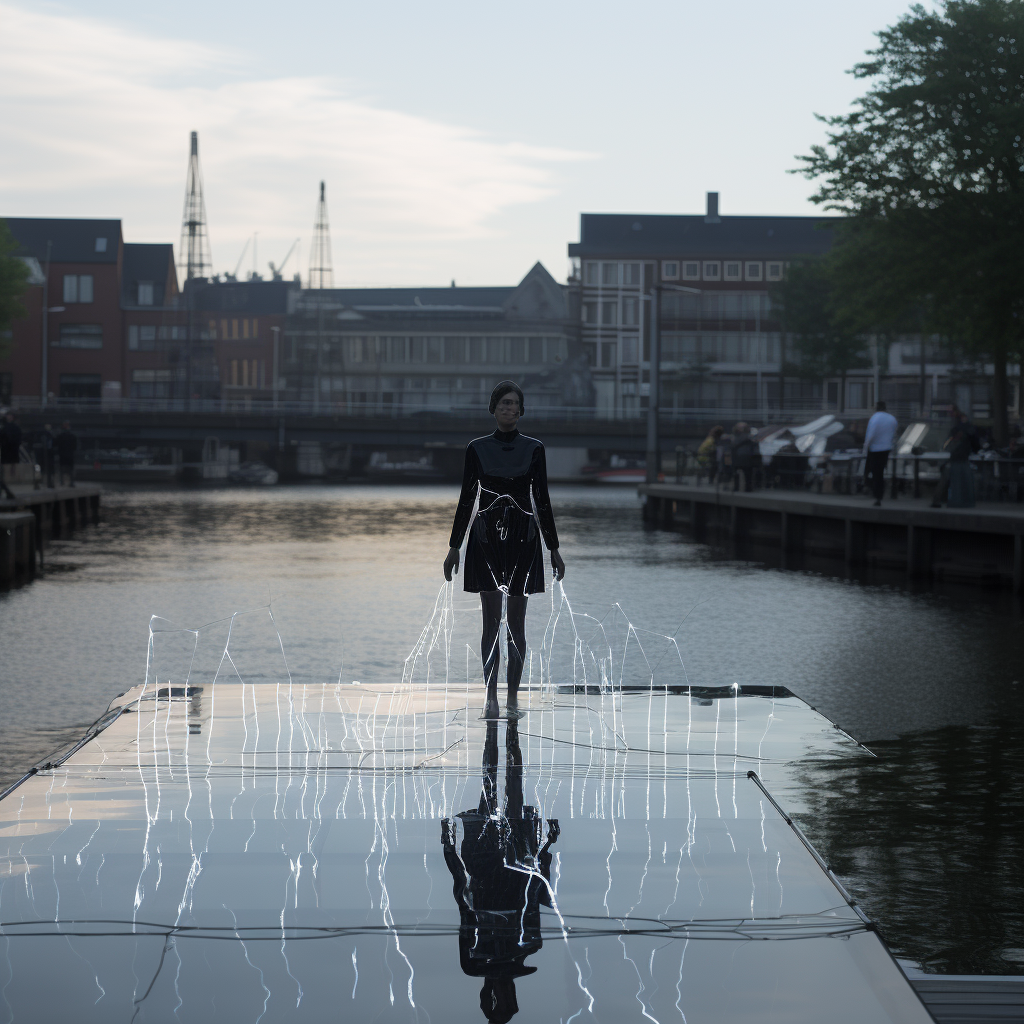
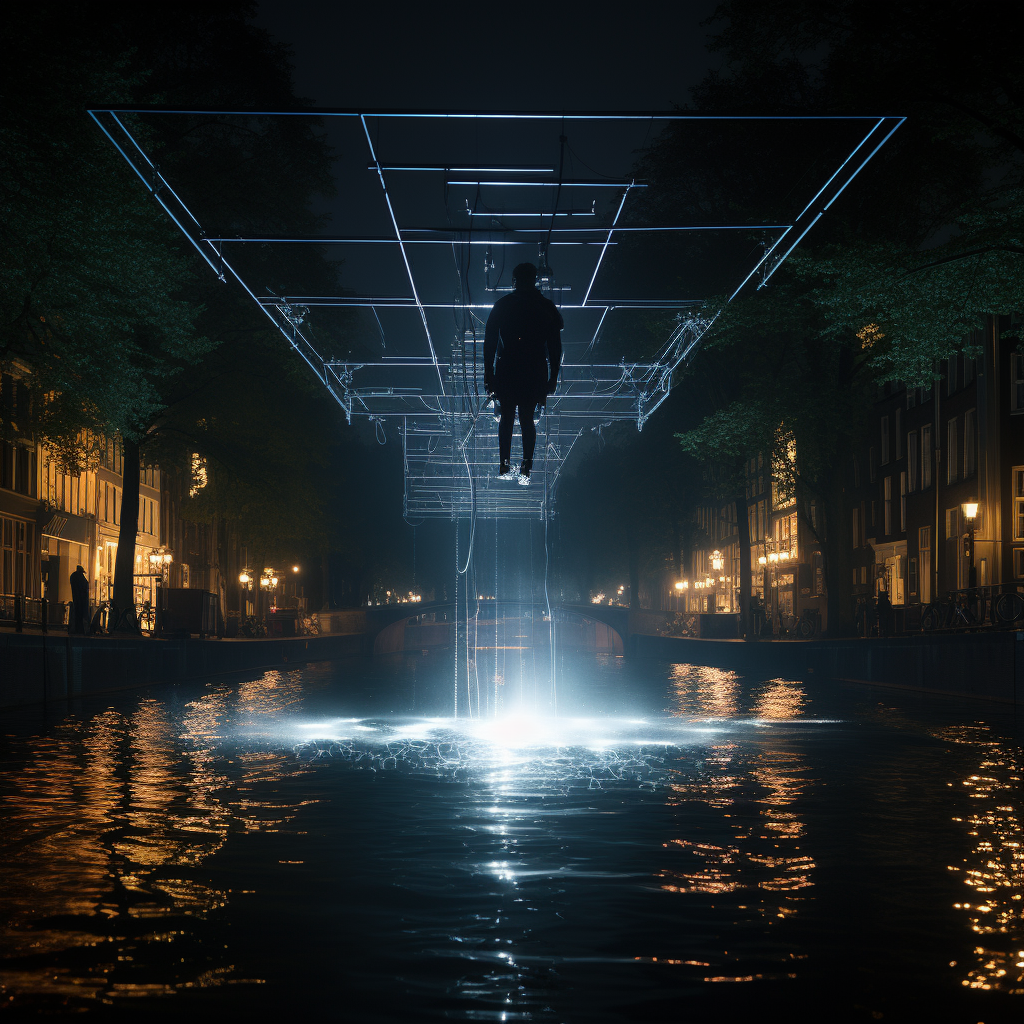

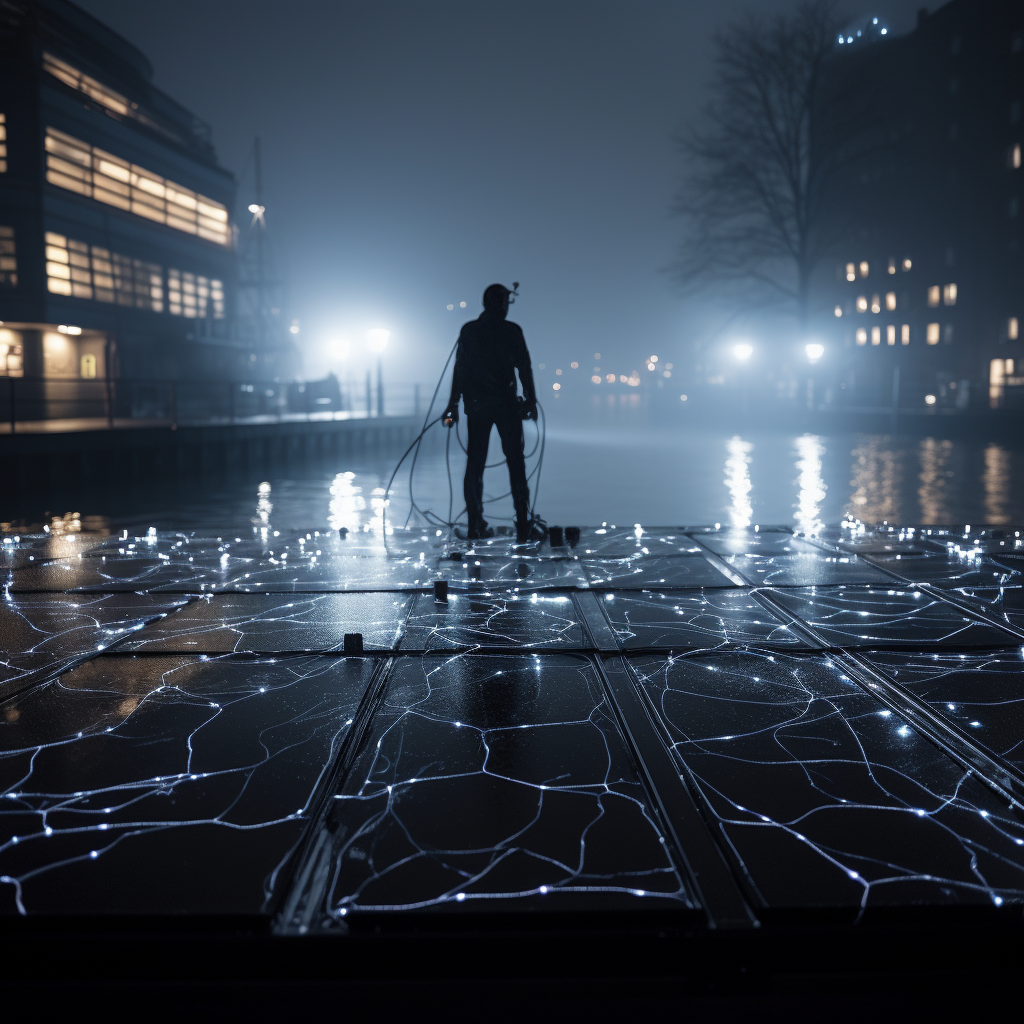
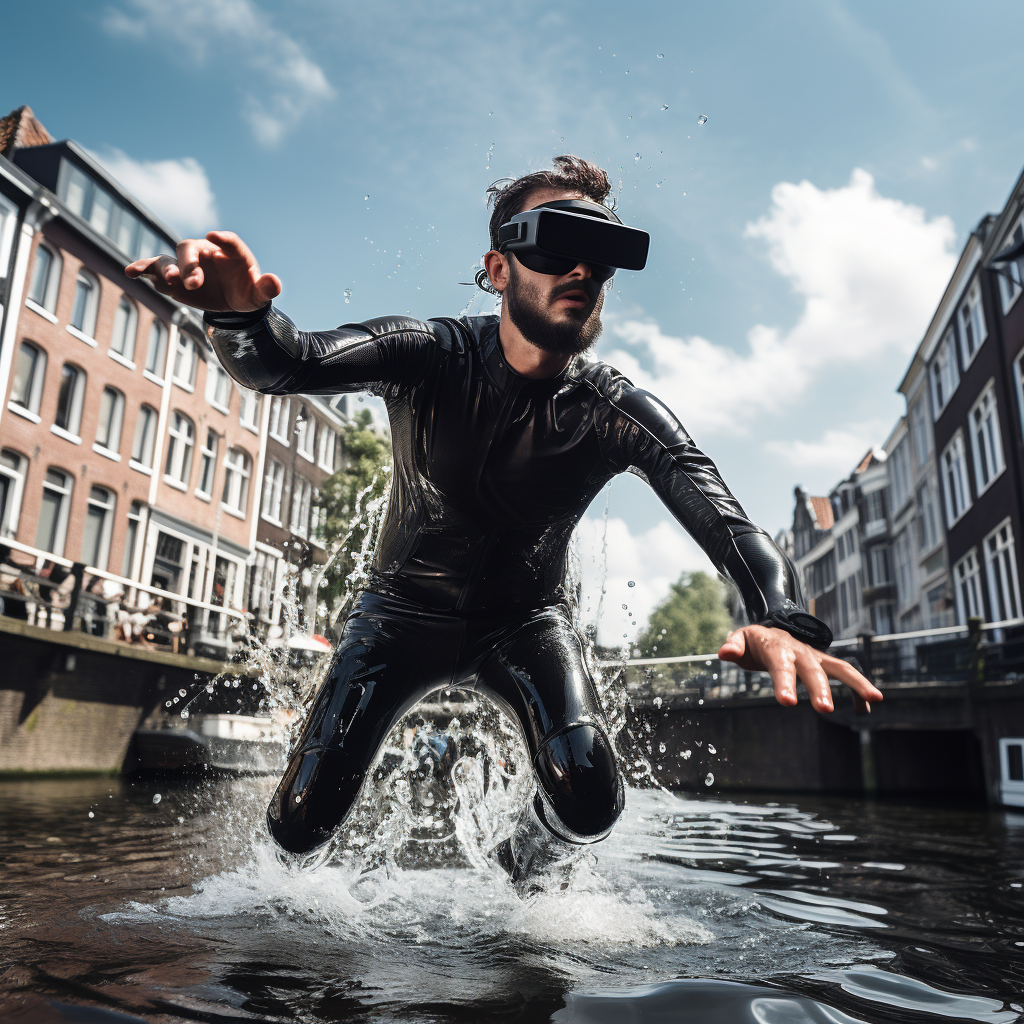
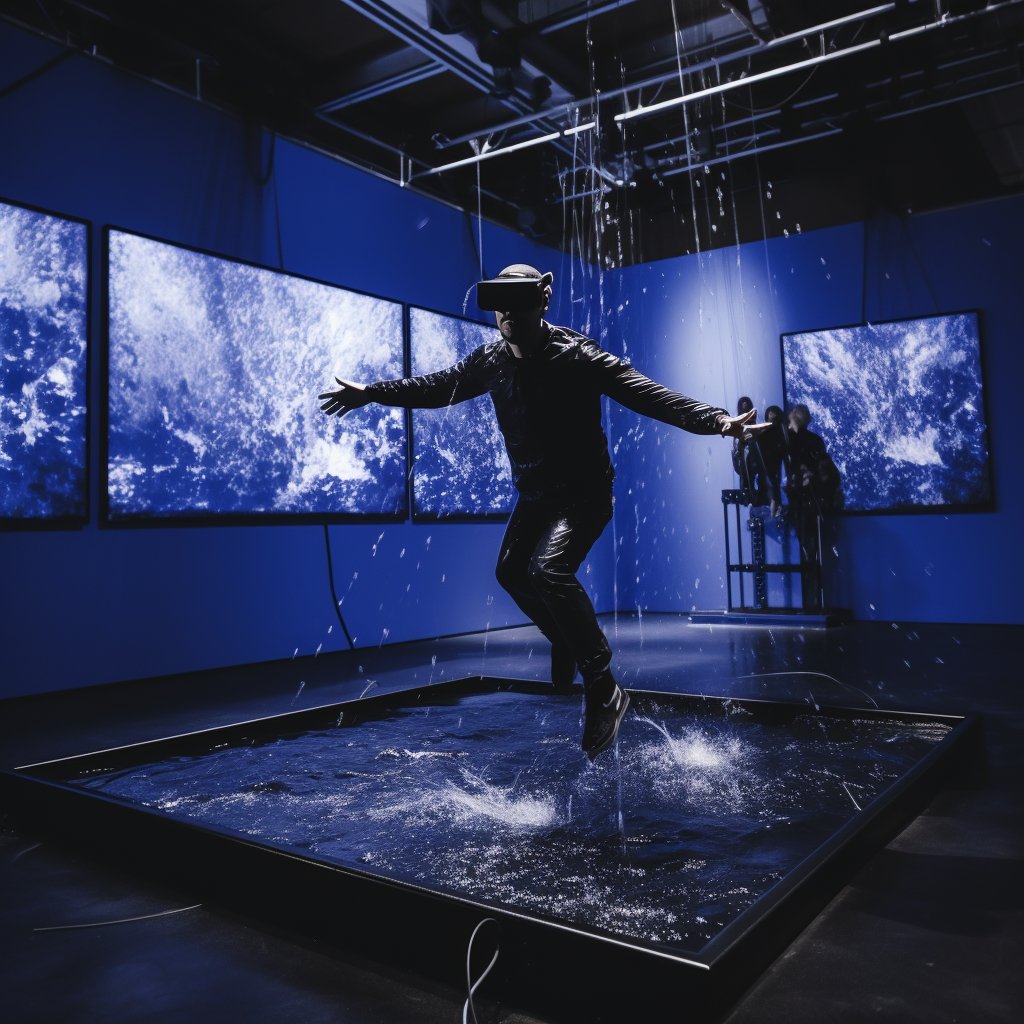
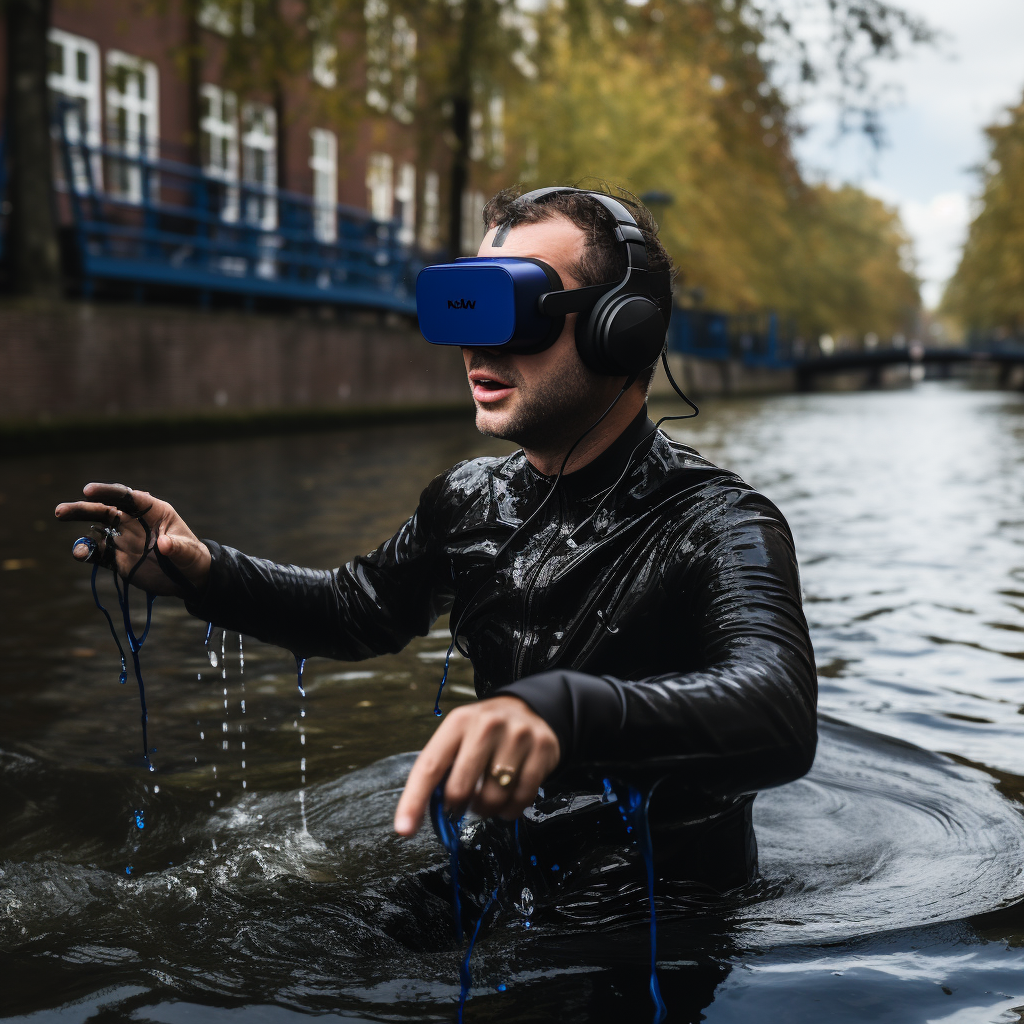

Between warnings, promulgation of the AI Act for regulation and latest so-called revolutionary updates, AIs are still in the news 1 year after their launch, a real wild west. A taste of déjà vu with the Metaverse and why not go back to the Matrix.
With this series of images created with Midjourney, I wanted to take the creative step by sending orders, to develop an idea, following my installation Le Saut; which questions our relationship with these new technologies. I asked, where will my character land? In this virtual grid or the canal water?
Above all, it’s about understanding the tool, which is easy to use and disconcertingly fast. The results are also stunning, a well-designed aesthetic for better distribution on the networks, it’s impressive. But the blow subsides very quickly, the redundancy of the images and the too random approximations in terms of composition show us these limits.
Between toy and tool, AI remains fascinating and nevertheless worrying. Interpol is concerned about the pharaonic quantity of content that could be generated online using AI, without human supervision. How can we rethink and preserve our immaterial collective memory? “We are going to have more and more difficulty establishing authentic archives”
With the AI Act, it aims to guarantee the protection of fundamental rights, democracy, the rule of law and environmental sustainability against the risks linked to artificial intelligence, the AI Act also intends to encourage the innovation and make Europe one of the leaders in this field.
All three European institutions have given the green light to dystopian digital surveillance in all 27 EU member states, according to Mher Hakobyan, artificial intelligence advisor at Amnesty International.
It’s a fairly large iceberg, to see if it will melt or reveal its full depth.
FR
Entre alertes, promulgation de l’AI Act pour la régulation et dernières mises à jour dites révolutionnaires, les IA font toujours l’actualité 1 an après leur lancement, un véritable far west. Un avant-goût de déjà vu avec le Metaverse et pourquoi pas un retour à la Matrix.
Avec cette série d’images créées avec Midjourney, j’ai voulu franchir le pas de la création en envoyant des commandes, développer une idée, suite à mon installation Le Saut ; qui interroge notre rapport à ces nouvelles technologies. J’ai demandé : où mon personnage atterrira-t-il ? Dans cette grille virtuelle ou dans l’eau du canal ?
Il s’agit avant tout de comprendre l’outil, simple à utiliser et d’une rapidité déconcertante. Les résultats sont également bluffants, une esthétique bien pensée pour une meilleure diffusion sur les réseaux, c’est impressionnant. Mais le coup s’apaise très vite, la redondance des images et les approximations trop aléatoires en termes de composition nous montrent ces limites.
Entre jouet et outil, l’IA reste fascinante et néanmoins inquiétante. Interpol s’inquiète de la quantité pharaonique de contenus qui pourraient être générés en ligne grâce à l’IA, sans supervision humaine. Comment repenser et préserver notre mémoire collective immatérielle ? « Nous allons avoir de plus en plus de difficultés à constituer des archives authentiques »
Avec l’AI Act, il vise à garantir la protection des droits fondamentaux, de la démocratie, de l’État de droit et de la durabilité environnementale contre les risques liés à l’intelligence artificielle, l’AI Act entend également encourager l’innovation et faire de l’Europe l’un des leaders dans ce domaine. champ.
Les trois institutions européennes ont donné leur feu vert à une surveillance numérique dystopique dans les 27 États membres de l’UE, selon Mher Hakobyan, conseiller en intelligence artificielle à Amnesty International.
C’est un iceberg assez gros, à voir s’il va fondre ou révéler toute sa profondeur.